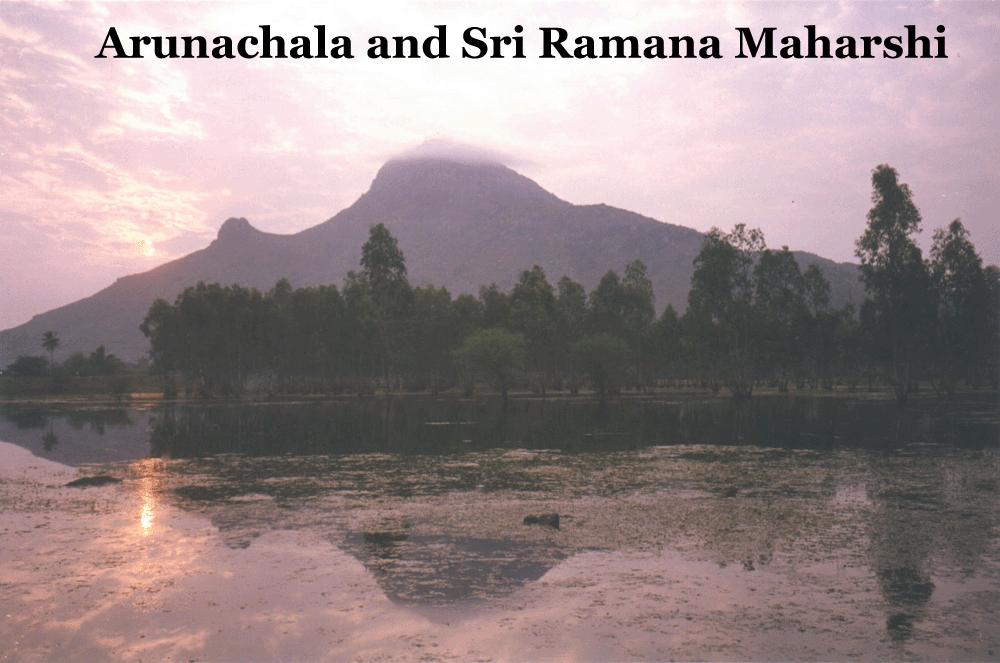I have restored the old 'Recent Comments' system to the sidebar since the new one was neither popular, nor did it work properly or efficiently. Unfortunately, this means that comments made over the last few days (since the installation of Disqus) have disappeared since they were saved on the Disqus server, but not the Blogger one. Apologies to contributors such as Ravi and Broken Yogi who have lost several long posts from the last few days. If you kept copies of them, please resend.
I notice that in the transfer from the Blogger server (Google's) to Disqus and back the dates of the comments have been scrambled in the 'Recent Comments' box. There are now thousands there, all dated from a couple of days ago. The comments under the posts still seem to be there, though, and in the right order. I assume that from now on, all new comments will appear in the right order in the 'Recent Comments' sidebar.
Please let me know if anything else has gone awry in this transfer.
Finally, apologies to everyone who has been affected by this technical misadventure. I am keeping the moderation 'off' to facilitate speedier discussions, but I am going to add a flag so that readers can send me messages if they find any comments that they feel should be removed.
23rd November postscript
The comments of anonymous posters will no longer be displayed in the 'Recent Comments' sidebar. I hope this will encourage a few of you to think about getting a user name for this blog.
I notice that in the transfer from the Blogger server (Google's) to Disqus and back the dates of the comments have been scrambled in the 'Recent Comments' box. There are now thousands there, all dated from a couple of days ago. The comments under the posts still seem to be there, though, and in the right order. I assume that from now on, all new comments will appear in the right order in the 'Recent Comments' sidebar.
Please let me know if anything else has gone awry in this transfer.
Finally, apologies to everyone who has been affected by this technical misadventure. I am keeping the moderation 'off' to facilitate speedier discussions, but I am going to add a flag so that readers can send me messages if they find any comments that they feel should be removed.
23rd November postscript
The comments of anonymous posters will no longer be displayed in the 'Recent Comments' sidebar. I hope this will encourage a few of you to think about getting a user name for this blog.
















